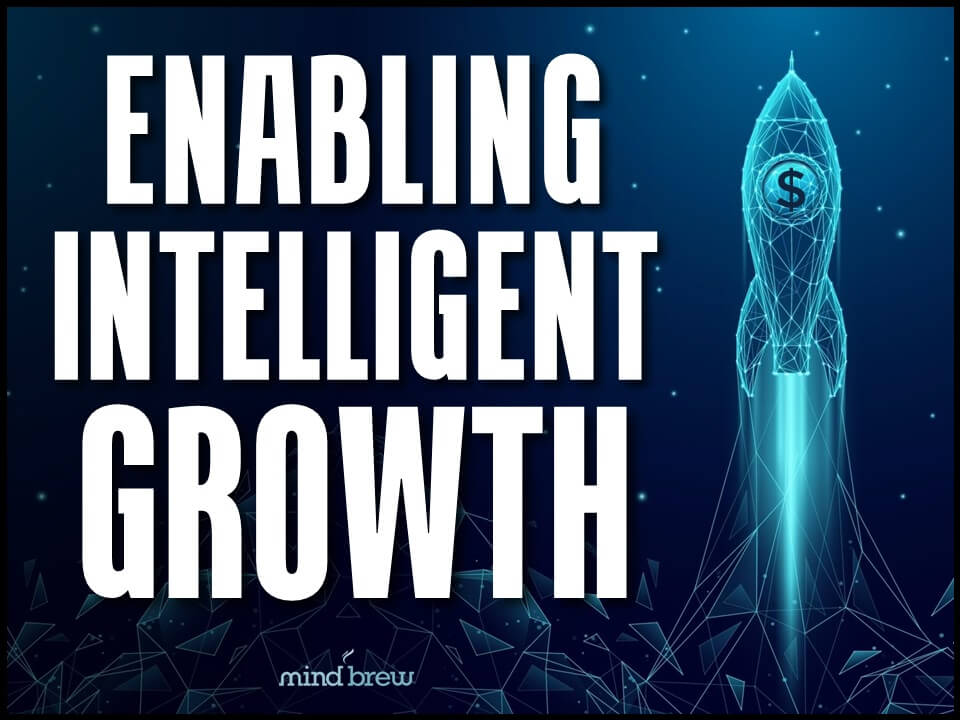Some of those who attended our subscriber-only webinar, Developing a Winning Sales Operations Roadmap, were a little surprised that we didn’t spend a lot more time discussing the planning documents themselves. It seems that some might have been expecting to receive a tutorial on creating a 300-task, multiyear Gantt chart or MS Project file.
However, there’s a very good reason we didn’t spend a lot of time discussing the documentation. Frankly, the planning documentation is actually one of the least important aspects of developing an effective roadmap for Sales Operations.
Contrary to much of what you might read elsewhere, roadmapping is not about developing an impressive Gantt chart. More sophisticated and complex planning documents might make you a bit more efficient, but they do very little to ensure that you’re actually being effective.
Over the course of my career, I’ve seen some very comprehensive and incredibly detailed development roadmaps. In many cases, teams of people spent weeks creating these plans, using some of the most sophisticated software available.
But these roadmaps ended up being completely ineffective…because they were focused on all the wrong things!
On the other hand, I’ve witnessed some tremendous strategic transformations where the roadmap—if you could even call it that—was nothing more than a single PowerPoint slide with a handful of bullet points and a weekly meeting to assess progress and determine next steps.
In these cases, the documentation wasn’t the slightest bit impressive…but the results certainly were!
The point is that, first and foremost, effective roadmapping is about focusing on the right things. Then, once the right priorities have been established, it’s about driving constant progress over time. Of course, you want to take sequencing and dependencies into consideration wherever possible.
But don’t get too fixated on the documentation. Remember that a handful of bullet points on a slide—if they’re the right bullet points—and a constant drumbeat can be much more effective than a sophisticated Gantt chart loaded with tasks that won’t make much difference.












